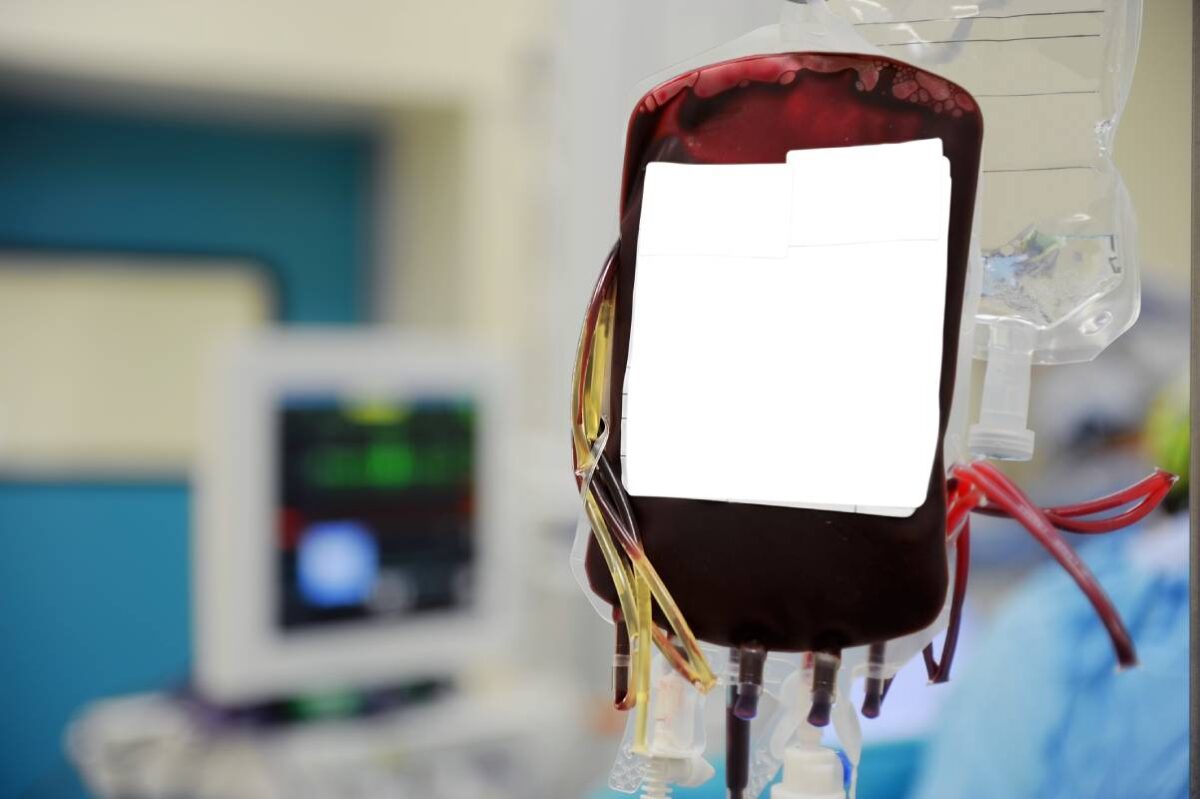Blood Transfusions in the Operating Room

The transfusion of red blood cells is a life-saving measure in the management of a number of surgical conditions. Blood transfusions replenish blood stores and help reduce morbidity. Despite guidelines set forth by professional organizations (1), there remain significant differences in blood transfusion practices in the operating room, and there is not one, comprehensive transfusion algorithm to which all clinicians adhere (2). A number of tailored research-based practices have, however, been successfully developed to date.
Since techniques have become increasingly refined, blood loss during surgery is now significantly decreased – overall warranting fewer blood transfusions in the operating room. In addition, pre-operatively, patients are encouraged to increase their hemoglobin levels with iron supplements and a healthy diet, and are occasionally asked to increase hemoglobin levels through administration of erythropoietin to specifically stimulate red blood cell production.
In the operating theater, over-transfusion of blood nevertheless remains a genuine concern. Up to 80% of blood products administered intraoperatively are delivered to a minority of high-risk patients with identifiable high-risk characteristics (3), often resulting in adverse surgical outcomes, especially when too much blood is transfused (4). In addition, some patients are transfused as a result of institutional bias associated with an anticipated need rather than to treat true surgical bleeding (5). One study identified a strong association between intraoperative transfusion of relatively small volumes of blood (1 unit of peripheral red blood cells) and adverse surgical outcomes in noncardiac operations, in particular in the form of adverse infectious complications (6). This study pointed to a dose-dependent adverse effect of intraoperative blood transfusion. Indeed, it is likely that a small, possibly discretionary amount of intraoperative transfusion results in increased mortality, morbidity, and resource use – suggesting that intraoperative transfusions for mildly hypovolemic or anemic patients should be carried out with caution.
Clinically, in general, while a transfusion was previously considered necessary if hemoglobin levels dropped below 10 grams/deciliter (g/dL) in a blood sample, hemoglobin levels may now drop as low as 7-8 g/dL prior to considering a transfusion – as long as a patient is clinically tolerating the lower level and has no other relevant condition (such as coronary artery disease or similar conditions that could raise this threshold). Now, clinical priorities are focused on increasing intravascular fluid or volume to maintain a patient’s blood pressure and vitality, and allow the body to naturally regenerate its lost red cells. If a transfusion should be carried out, however, a precisely fine-tuned transfusion based on intraoperative hematocrit may be necessary to minimize any risk associated with over-transfusion.
Certain extreme situations require special precautions. Massive hemorrhage, for example, is a multidisciplinary challenge requiring immediate response and communication across clinicians, laboratory testing sites, and blood banks (7). Massive bleeding above allowable blood loss warrants the combined administration of fresh frozen plasma and packed red blood cells or transfusion of whole blood. Overall, however, a protocol for massive transfusion should be clinically developed and used effectively to ensure that correct treatments and proper dosing are carried out in a timely fashion.
In the clinic, intraoperative blood transfusions are critical procedures which must be well understood by clinicians and carefully adapted to individual patient characteristics in order to minimize adverse outcomes.
References
1. Autologous blood transfusions. Council on Scientific Affairs. JAMA J. Am. Med. Assoc. (1986). doi:10.1001/jama.256.17.2378
2. Hébert, P. C. et al. A multicenter, randomized, controlled clinical trial of transfusion requirements in critical care. Transfusion Requirements in Critical Care Investigators, Canadian Critical Care Trials Group. N Engl J Med (1999). doi:10.1056/NEJM199902113400601
3. Ferraris, V. A. & Ferraris, S. P. Limiting excessive postoperative blood transfusion after cardiac procedures: A review. Texas Heart Institute Journal (1995).
4. Huber-Wagner, S. et al. Massive blood transfusion and outcome in 1062 polytrauma patients: A prospective study based on the Trauma Registry of the German Trauma Society. Vox Sang. (2007). doi:10.1111/j.1423-0410.2006.00858.x
5. Engström, K. G., Appelblad, M. & Brorsson, B. Mechanisms behind operating room blood transfusions in coronary artery bypass graft surgery patients with insignificant bleeding. J. Cardiothorac. Vasc. Anesth. (2002). doi:10.1053/jcan.2002.126944
6. Ferraris, V. A., Davenport, D. L., Saha, S. P., Austin, P. C. & Zwischenberger, J. B. Surgical outcomes and transfusion of minimal amounts of blood in the operating room. Arch. Surg. (2012). doi:10.1001/archsurg.2011.790
7. Muirhead, B. & Weiss, A. D. H. Massive hemorrhage and transfusion in the operating room. Can. J. Anesth. (2017). doi:10.1007/s12630-017-0925-x
